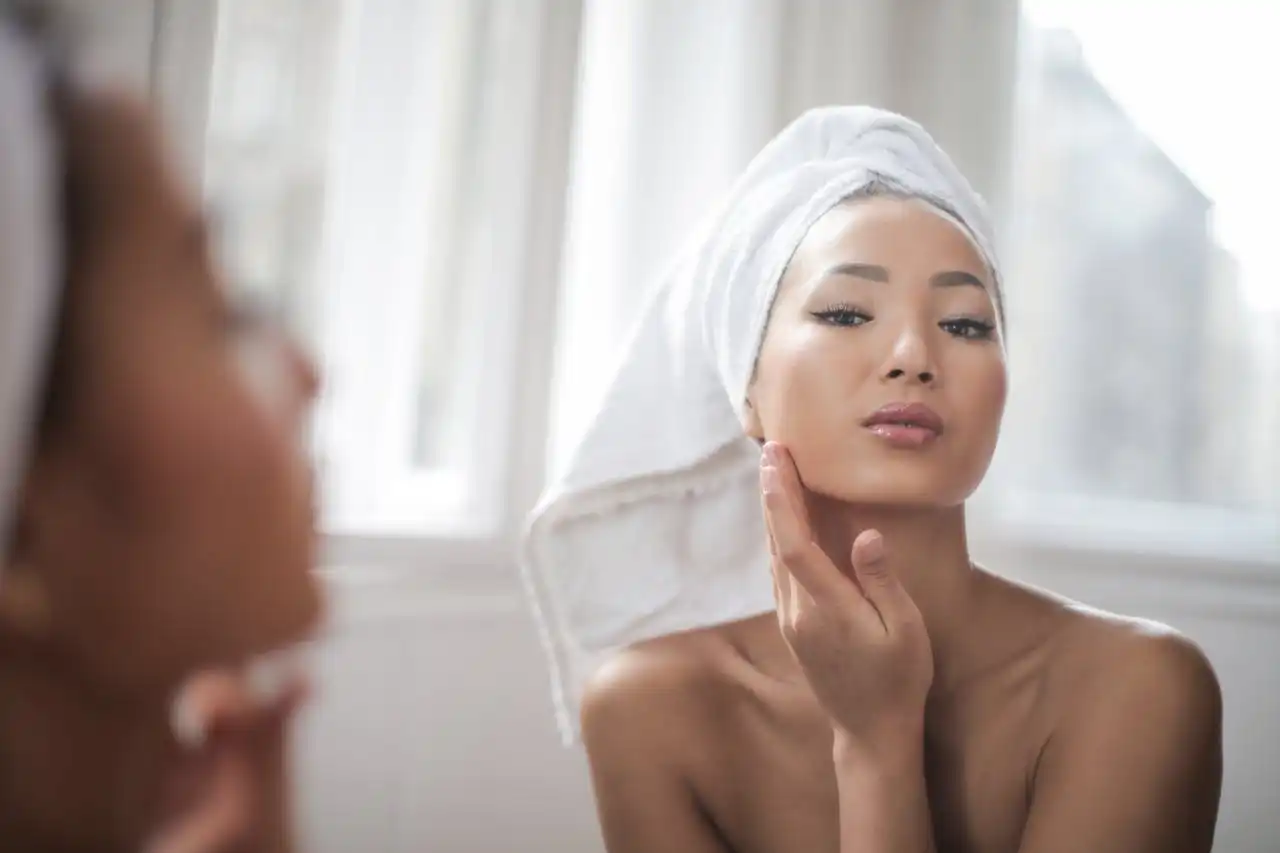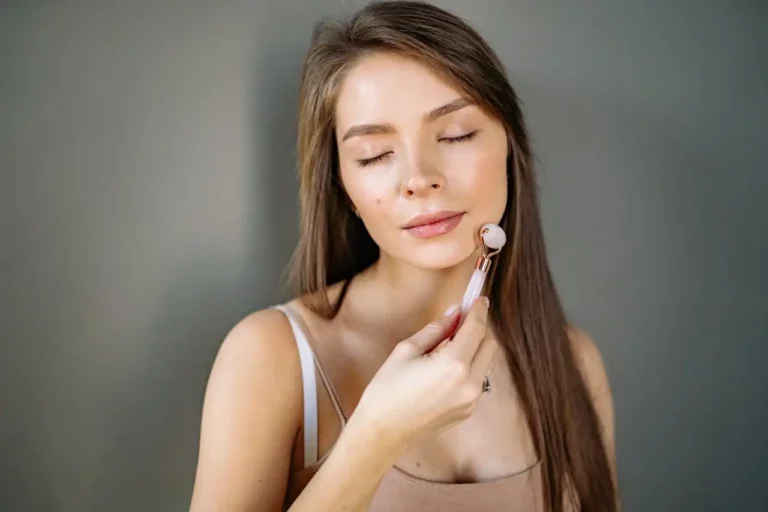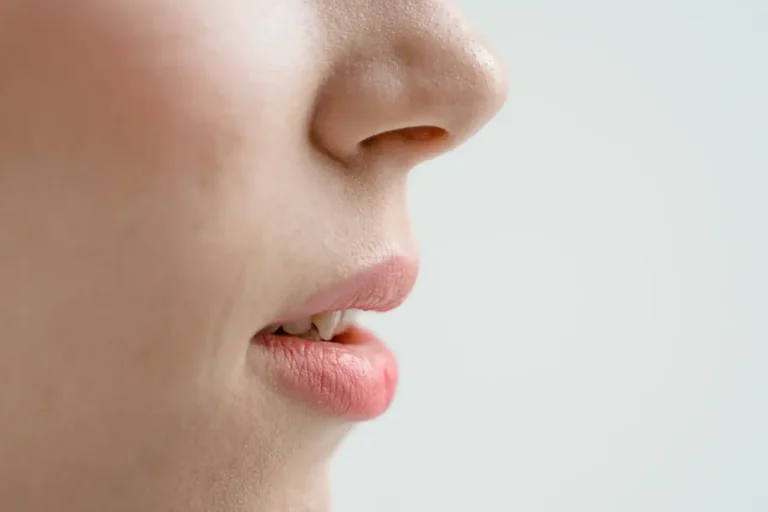The Ultimate Skincare Routine for Glowing Skin
You’ve probably scrolled through countless skincare posts, wondering how those people achieve that perfect, radiant glow. The secret isn’t expensive products or complicated treatments.
It’s consistency and the right routine for your skin type. Building healthy habits takes time, but the results speak for themselves.
Ready to transform your skin? Let’s dive into the ultimate skincare routine that actually works.
Start With the Foundation: Proper Cleansing
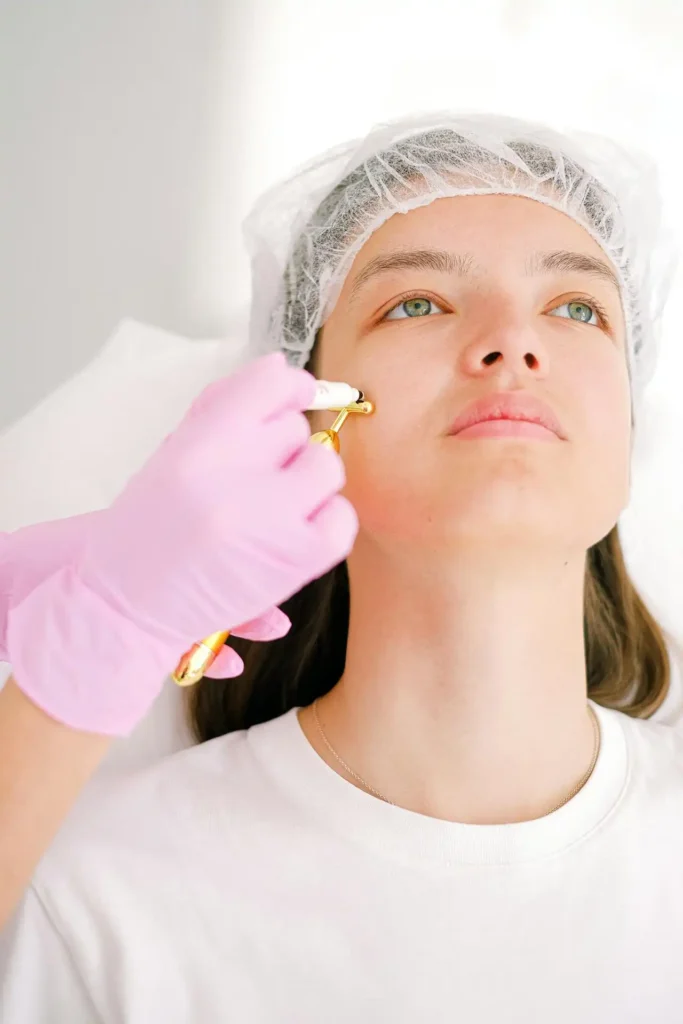
Your skincare journey begins the moment you wake up. Your T-zone, hairline, and jawline need extra attention.
You might think your skin stays clean while you sleep, but overnight, your skin produces oils, sheds dead cells, and collects environmental particles from your pillowcase and bedroom air.
Morning cleansing removes this buildup and prepares your skin for the products you’ll apply throughout the day. Choose a gentle cleanser that matches your skin type.
If you have oily skin, look for gel-based cleansers with salicylic acid. Dry skin benefits from cream cleansers with hydrating ingredients like glycerin or hyaluronic acid.
Don’t rush this step. Massage the cleanser into your skin for at least thirty seconds, focusing on areas where oil and debris tend to accumulate.
Lukewarm water works best for rinsing. Hot water strips your skin of natural oils, while cold water doesn’t effectively remove cleanser residue.
Pat your face dry with a clean towel instead of rubbing, which can cause irritation and premature aging.
The Game-Changer: Double Cleansing at Night
Evening cleansing requires a different approach. Throughout the day, your skin accumulates makeup, sunscreen, pollution, and excess oil.
A single cleanse often leaves residue behind, which can clog pores and prevent your nighttime products from penetrating effectively.
Double cleansing solves this problem. Start with an oil-based cleanser or micellar water to dissolve makeup and sunscreen.
Oil attracts oil, making this method incredibly effective for removing stubborn products without harsh scrubbing.
Follow with your regular cleanser to remove any remaining impurities and the oil cleanser itself.
This two-step process ensures your skin is completely clean and ready to absorb the beneficial ingredients in your nighttime routine.
You’ll notice the difference immediately. Your skin will feel cleaner, and your serums and moisturizers will work more effectively when applied to properly cleansed skin.
Exfoliation: Your Weekly Skin Reset
Exfoliation removes dead skin cells that can make your complexion look dull and uneven. However, you don’t need to exfoliate daily.
Over-exfoliation can damage your skin barrier and cause irritation, redness, and increased sensitivity.
Chemical exfoliants work better than physical scrubs for most people. Start slowly with chemical exfoliants.
Alpha hydroxy acids (AHAs) like glycolic and lactic acid dissolve the bonds between dead skin cells, revealing brighter skin underneath.
Beta hydroxy acids (BHAs) like salicylic acid penetrate deeper into pores, making them ideal for oily and acne-prone skin.
Use them once or twice a week initially, then gradually increase frequency if your skin tolerates it well. Always apply exfoliants to clean, dry skin and follow with moisturizer.
If you prefer physical exfoliation, choose products with fine, rounded particles rather than harsh scrubs with jagged edges.
Gentle circular motions work better than aggressive scrubbing, which can create micro-tears in your skin.
Toning: Balancing Your Skin’s pH
Modern toners have evolved far beyond the harsh, alcohol-based formulas of the past. Today’s toners hydrate, balance pH, and prepare your skin for subsequent products.
They’re particularly beneficial if you live in a hard water area or use cleansers that might disrupt your skin’s natural pH balance.
Look for toners with beneficial ingredients rather than just astringents. Rose water and chamomile provide soothing benefits for sensitive skin.
Hyaluronic acid toners add moisture, while niacinamide toners help control oil production and minimize pore appearance.
Apply toner immediately after cleansing while your skin is still slightly damp. Toner is a helpful but not essential step in your routine.
You can use your hands to gently pat it in, or apply it with a cotton pad using upward motions. Don’t rub or drag the cotton across your skin, as this can cause irritation.
Some people skip toner entirely, and that’s perfectly fine if your cleanser doesn’t leave your skin feeling tight or unbalanced.
Serums: Targeted Treatment Power
Serums deliver concentrated active ingredients directly to your skin. Vitamin C serum works excellently in the morning routine.
These lightweight formulas penetrate deeper than moisturizers, making them perfect for addressing specific concerns like dark spots, fine lines, or dehydration.
It provides antioxidant protection against environmental damage and helps brighten your complexion over time.
Look for stable forms of vitamin C like magnesium ascorbic phosphate or sodium ascorbic phosphate if you have sensitive skin.
Evening serums can contain more potent ingredients. Retinol stimulates cell turnover and collagen production, making it excellent for anti-aging.
Niacinamide reduces inflammation and controls oil production. Hyaluronic acid provides intense hydration by holding up to 1,000 times its weight in water.
Apply serums to clean skin before moisturizer. Use only a few drops and gently press them into your skin rather than rubbing.
Wait a few minutes between applying different serums to allow each one to absorb properly.
Moisturizing: Locking in Hydration
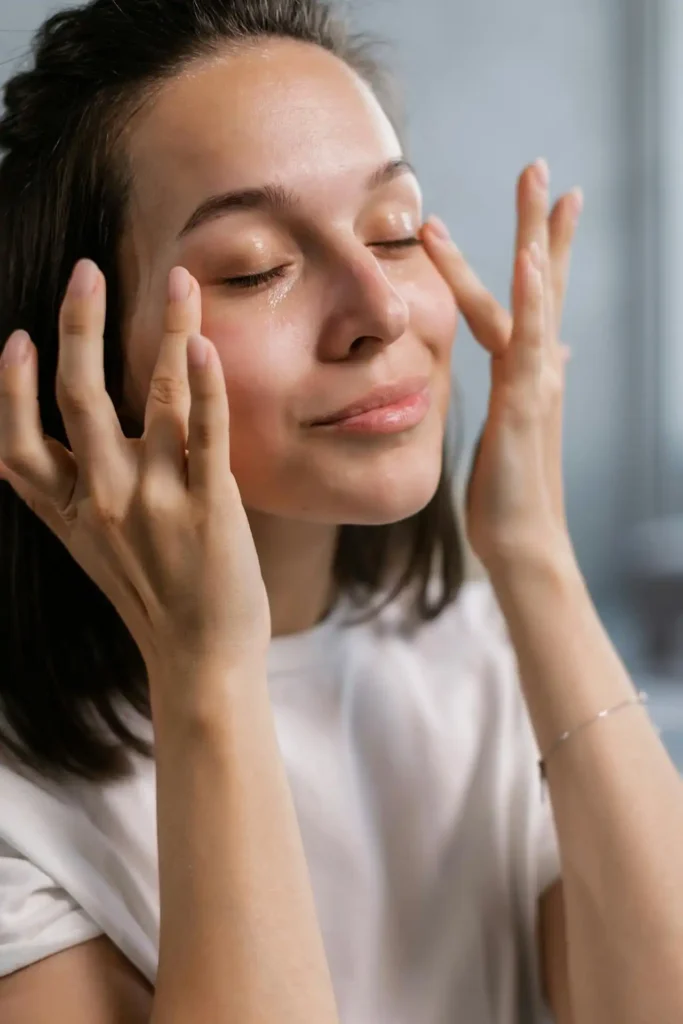
Every skin type needs moisture, even oily skin. Skipping moisturizer can actually make oily skin produce more oil as it tries to compensate for dehydration.
The key is choosing the right formula for your skin type and concerns. Gel moisturizers work well for oily skin because they provide hydration without heaviness.
Cream moisturizers suit dry skin better, offering richer ingredients and more occlusive properties to prevent water loss.
Combination skin might benefit from using different moisturizers on different areas of the face.
Look for moisturizers with beneficial ingredients. Ceramides strengthen the skin barrier, while peptides support collagen production.
Antioxidants like vitamin E provide additional protection against environmental damage. Apply moisturizer to slightly damp skin to help seal in extra hydration.
Use upward motions and don’t forget your neck and décolletage, which show signs of aging just as readily as your face.
Sun Protection: Your Daily Shield
Sunscreen is the most important anti-aging product you can use. UV rays cause premature aging, dark spots, and skin cancer.
You need sun protection every single day, regardless of weather or season. Choose a broad-spectrum sunscreen with at least SPF 30.
Mineral sunscreens with zinc oxide or titanium dioxide work well for sensitive skin, while chemical sunscreens often feel lighter and blend more easily under makeup.
Apply sunscreen as the last step in your morning routine, about fifteen minutes before going outside.
Use enough to cover your entire face and neck – most people don’t apply nearly enough for effective protection.
Reapply sunscreen every two hours when you’re outdoors, and immediately after swimming or sweating.
If you wear makeup, powder sunscreens or spray formulas make reapplication easier throughout the day.
Night Routine: Repair and Renewal
Your evening routine should focus on repair and renewal. This is when your skin does most of its healing work, making it the perfect time for active ingredients and richer formulations.
Start with your double cleanse to remove the day’s buildup. Follow with any treatment products like retinol or AHA/BHA exfoliants.
These ingredients can increase sun sensitivity, so using them at night minimizes this risk. Night moisturizers can be richer than your daytime formula.
Look for ingredients like squalene, which mimics your skin’s natural oils, or peptides that support overnight repair processes.
Some people benefit from adding a facial oil as the final step to seal in all the previous products.
Don’t forget about your eye area. The skin around your eyes is thinner and more delicate, making it prone to fine lines and dark circles.
Eye creams with caffeine can reduce puffiness, while those with retinol or peptides address aging concerns.
Weekly Treatments: Extra Care for Extra Glow
In addition to your daily routine, weekly treatments can address specific concerns and boost your skin’s overall appearance.
Face masks provide concentrated ingredients and can be tailored to your current skin needs.
Clay masks work well for oily skin, drawing out impurities and excess oil. Hydrating masks with ingredients like honey or aloe vera benefit dry or irritated skin.
Sheet masks offer convenience and often contain beneficial essences that penetrate deeply during the application time.
Apply masks to clean skin and follow the package directions for timing. Most masks work best when left on for 10-20 minutes.
Remove gently and follow with your regular routine, skipping any steps that might conflict with the mask’s ingredients.
Professional treatments like facials or chemical peels can complement your home routine, but they’re not necessary for healthy skin.
If you choose professional treatments, work with a licensed esthetician who can assess your skin and recommend appropriate services.
Customizing Your Routine
Your skin changes with seasons, hormones, age, and lifestyle factors. Keep a simple routine when traveling or during stressful periods.
What works perfectly in summer might not suit your skin in winter’s dry conditions. Pay attention to how your skin responds and adjust accordingly.
Start new products one at a time to identify which ones work best for your skin. Introduce active ingredients gradually to avoid irritation.
If you experience persistent redness, breakouts, or sensitivity, scale back your routine to basics until your skin recovers.
Consistency with a few key products works better than sporadically using an elaborate routine.
Focus on gentle cleansing, moisturizing, and sun protection as your non-negotiables.
Remember that good skincare extends beyond products. Your skincare routine works best when supported by overall healthy habits.
Getting adequate sleep, staying hydrated, eating a balanced diet, and managing stress all contribute to healthy, glowing skin.
Common Mistakes to Avoid
Many people sabotage their skincare efforts with well-intentioned but counterproductive habits.
Avoid over-washing your face, which can strip natural oils and trigger increased oil production. Twice daily cleansing is sufficient for most people.
Don’t change your entire routine at once when you don’t see immediate results. Skincare improvements take time – usually 4-6 weeks to see significant changes.
Patience and consistency yield better results than constantly switching products. Resist the urge to pick at blemishes or use harsh scrubs when your skin breaks out.
These actions can worsen inflammation and lead to scarring. Instead, use gentle treatments with salicylic acid or benzoyl peroxide to address breakouts.
Stop using products that consistently irritate your skin, even if they’re popular or expensive.
Your skin’s reaction is more important than product reviews or recommendations from others.
Building Your Perfect Routine

Start with the basics: gentle cleanser, moisturizer, and sunscreen. Master these three steps before adding additional products.
Once your skin is comfortable with this foundation, you can introduce serums, exfoliants, or treatments one at a time.
Budget doesn’t have to be a barrier to good skincare. Many drugstore products contain the same active ingredients as expensive alternatives.
Focus on ingredients rather than brand names when making purchasing decisions. Read product labels and research ingredients that address your specific concerns.
Understanding what you’re putting on your skin helps you make informed decisions and avoid products with ingredients that don’t work for your skin type.
Create a routine you can maintain consistently. An elaborate routine you only follow sporadically won’t deliver the results you want.
Simple, consistent care beats complicated routines that you abandon after a few weeks.
Conclusion
Glowing skin comes from consistent daily care, not miracle products or quick fixes.
Start simple, stay patient, and adjust as needed for lasting results.

